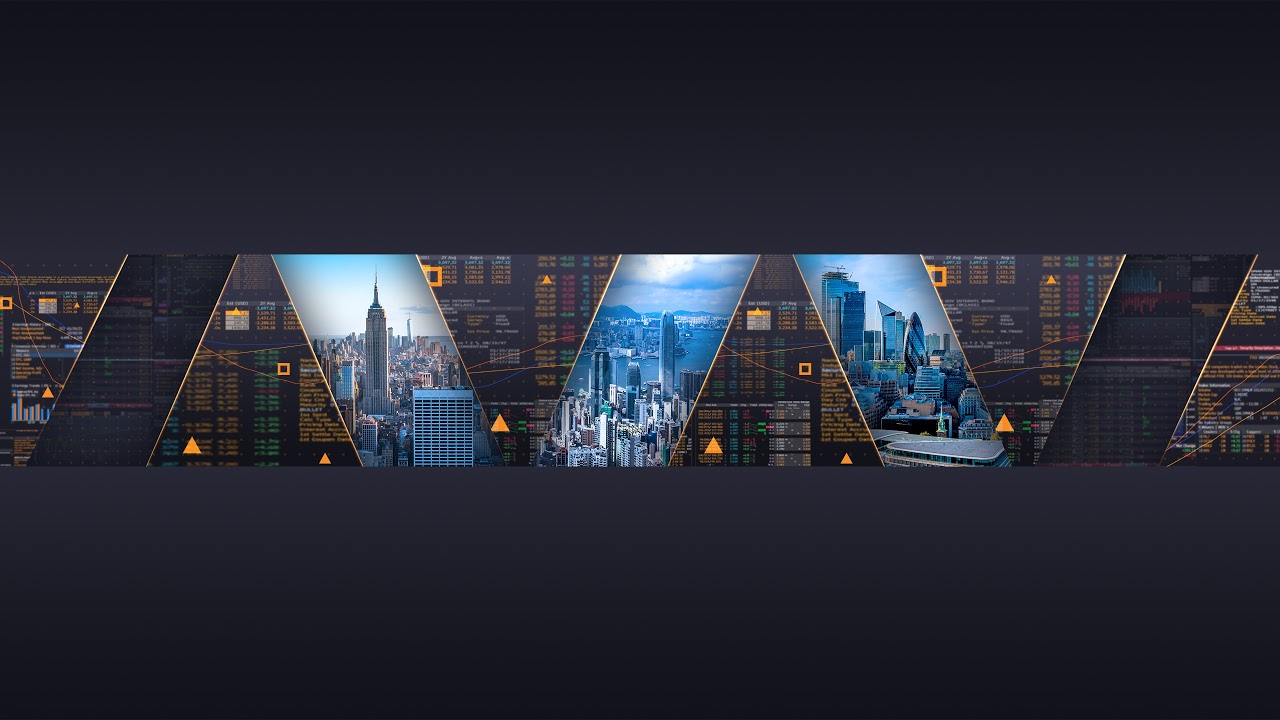In his keynote at the GTC AI Conference, Nvidia CEO Jensen Huang highlighted the transformative impact of AI across various industries and introduced the company’s latest hardware advancements, including the Blackwell architecture and MVLink technology. He emphasized the importance of building efficient AI factories and showcased Nvidia’s software innovations, such as the Dynamo operating system, to empower developers in harnessing AI’s potential for applications like robotics and autonomous vehicles.
In his keynote address at the GTC AI Conference, Nvidia CEO Jensen Huang highlighted the remarkable advancements in artificial intelligence (AI) and the transformative impact it has had on various industries. He began by expressing gratitude to sponsors and attendees, emphasizing the diverse representation of sectors such as healthcare, transportation, and retail. Huang showcased the evolution of Nvidia’s GeForce technology over the past 25 years, illustrating how AI has revolutionized computer graphics and performance, particularly through real-time path tracing and the integration of AI in rendering processes.
Huang discussed the emergence of “agentic AI,” which possesses the ability to reason, understand context, and plan actions. This new wave of AI is characterized by its capacity to generate content rather than merely retrieving it, fundamentally changing the way computing is approached. He explained that the advancements in AI have led to a significant increase in computational requirements, necessitating a shift in how data centers are built and operated. The focus is now on creating AI factories that can efficiently generate and process vast amounts of data, with an emphasis on scaling up computational power and optimizing resource usage.
The keynote also introduced Nvidia’s latest hardware advancements, including the Blackwell architecture, which promises to deliver unprecedented performance improvements in AI processing. Huang highlighted the importance of scaling up before scaling out, emphasizing the need for powerful, efficient computing systems to handle the increasing demands of AI workloads. He presented the new MVLink technology, which enhances communication between GPUs, allowing for more efficient data processing and improved performance in AI applications.
In addition to hardware innovations, Huang discussed the importance of software frameworks and libraries that support AI development. He introduced Nvidia’s Dynamo, an operating system designed for AI factories that streamlines the management of complex workloads and optimizes resource allocation. This software, combined with Nvidia’s extensive library of tools, aims to empower developers and researchers to harness the full potential of AI in various applications, from autonomous vehicles to enterprise solutions.
Finally, Huang emphasized the future of robotics and the role of AI in transforming industries. He introduced Groot N1, a generalist foundation model for humanoid robots, which leverages synthetic data generation and advanced simulation techniques to enhance robot learning and adaptability. The keynote concluded with a call to action for developers and researchers to embrace these advancements, as Nvidia continues to push the boundaries of AI technology and its applications across multiple sectors.
